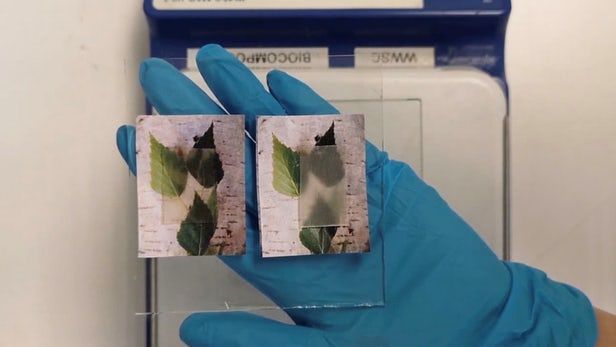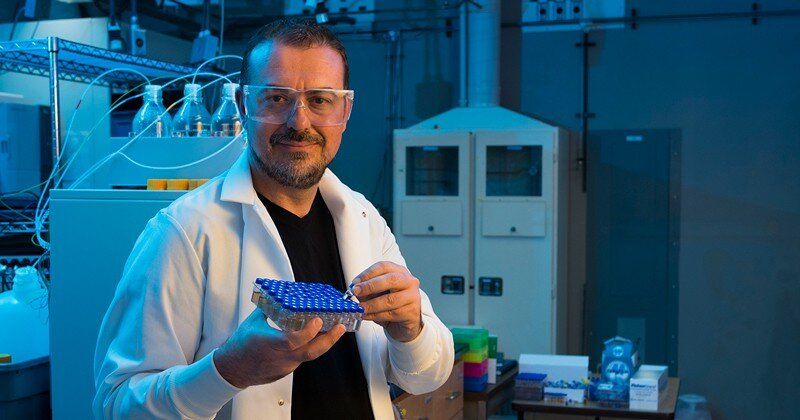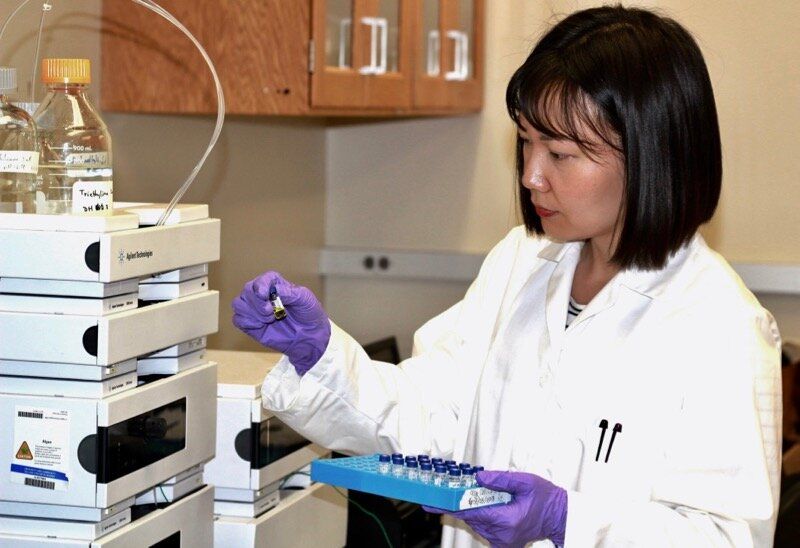
Back in the late 1990s, a traveler from Lebanon to London would have noticed something interesting about telecommunications in the two countries, while many people in Lebanon owned a mobile phone, London was still accustomed to using red telephone boxes to make calls on the run. What caused such a difference? During the Lebanese Civil War, all landline infrastructures were destroyed, and the Lebanese leapfrogged to owning mobile phones. Fast-forward 20 years to today and one can see a similar pattern in many developing countries, where landlines and personal computers are bypassed for mobile internet. 5G is going to make that shift even more dramatic and in many other similar areas, technology is enabling us to bypass existing infrastructure and to rethink the way things are made.
Manufacturing cars is highly efficient and in most 21st century facilities you hardly see any people. Everything is done by robots on a moving assembly line. But it makes you wonder if such a factory setup would make sense for new product categories, which in the beginning are a novelty at best? For example, flying cars or Unmanned Aerial Vehicles ( UAV). The questions we should be asking: How are we going to do it cost-effectively and with similar automation as automotive factories? And can Additive Manufacturing help these novel product categories excel, cut costs and completely skip the assembly line altogether? Just like when Henry Ford created the first moving assembly line back in 1913, it was then a necessity for industrial production to take place. If we wish to cut costs, simplify assembly, reduce factory footprints and part counts, Additive Manufacturing starts becoming a necessity and as a result, we can start questioning the 100-year-old assembly line.
Read more


















